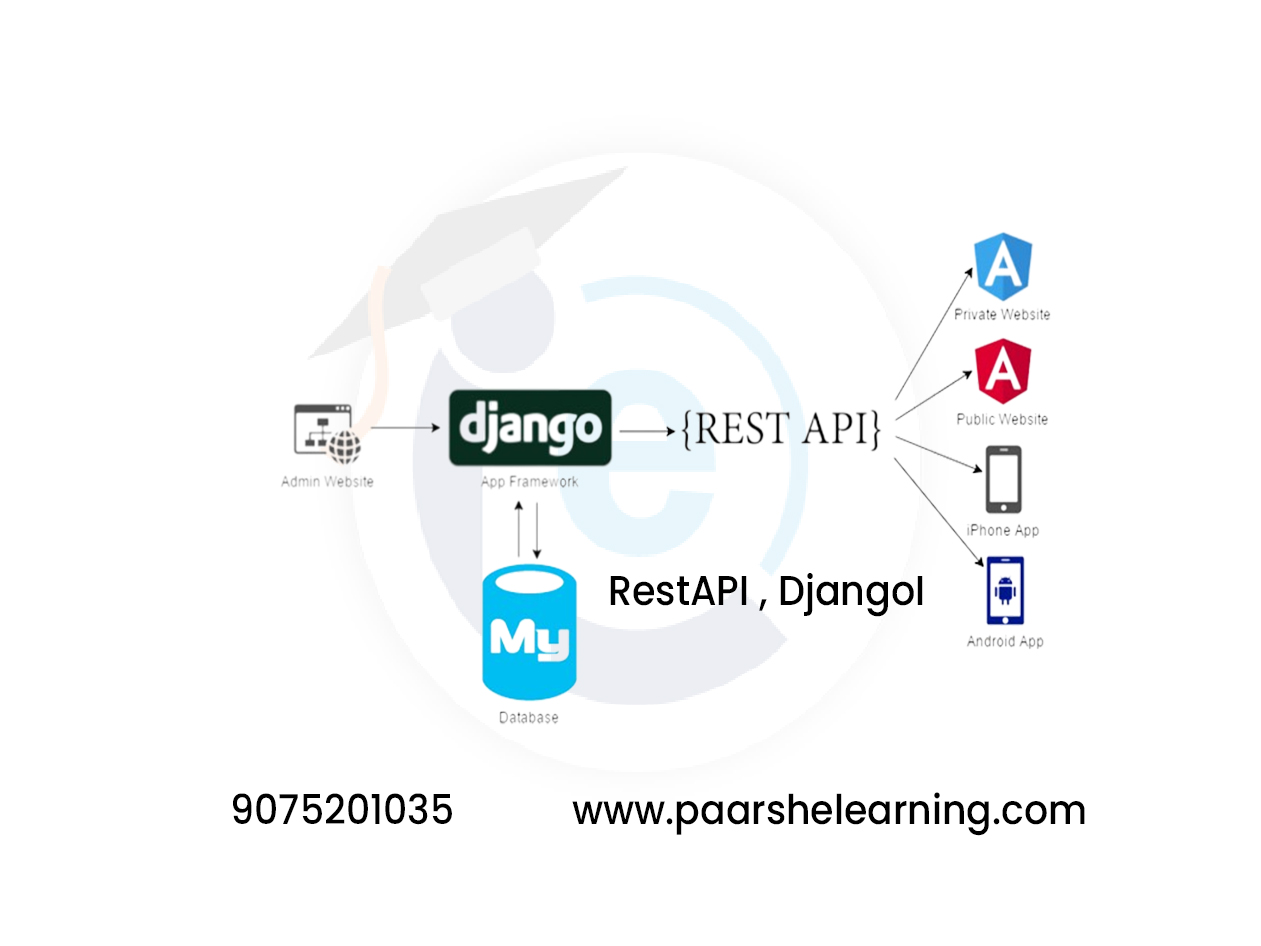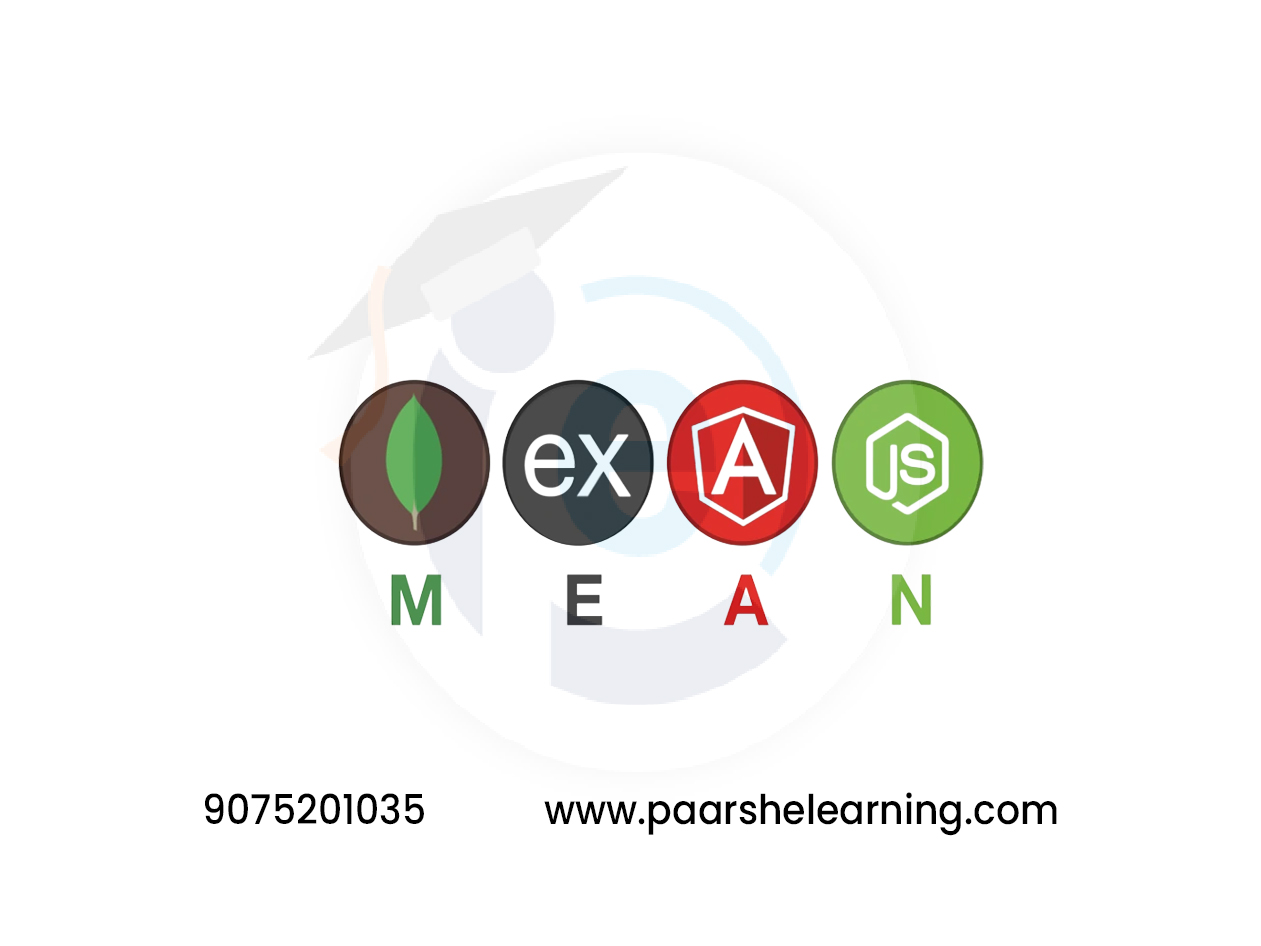- You will learn to build a Web Application, REST API and Full Stack Application with Spring Boot and Spring Frameworks
- You will Master Fundamentals of Spring Framework from Zero, no previous experience required
- You will Learn Spring Framework the MODERN WAY - The way Real Projects use it!
- You will learn the magic of Spring Boot - Auto Configuration, Spring Initializr and Starter Projects
- You will Learn the Best Practices in Developing Awesome Java Spring Applications from an Expert with 20 Years of Programming Experience
- You will learn to use a wide variety of Spring Boot Starter Projects - Spring Boot Web, Spring Boot Data JPA
- You will Acquire ALL the SKILLS to demonstrate an EXPERTISE with Spring Framework in Your Job Interviews
- You will Develop a REAL-TIME project with React and Spring Boot from SCRATCH
Java, Spring Boot, Hibernate
Course description
Java, Spring Boot, and Hibernate are all popular technologies used in Java web application development. Here's a brief overview of each technology:
-
Java: Java is a general-purpose programming language that is used to build a wide range of applications. Java is platform-independent, meaning that Java code can run on any platform that has a Java Virtual Machine (JVM) installed. Java is popular for its scalability, stability, and security features.
-
Spring Boot: Spring Boot is an open-source Java framework used for building web applications. It provides a range of features and tools that simplify the development process and enable developers to create production-ready applications quickly. Spring Boot is based on the Spring Framework, and it provides features such as auto-configuration, embedded servers, and a range of starter templates for building different types of applications.
-
Hibernate: Hibernate is an open-source object-relational mapping (ORM) framework for Java. Hibernate makes it easy to work with databases by allowing developers to interact with databases using Java objects rather than SQL. Hibernate provides a range of features such as caching, lazy loading, and query optimization that can improve the performance of database operations.
Together, these technologies provide a powerful and flexible platform for building Java web applications. Spring Boot and Hibernate simplify the development process and provide features such as automatic configuration and object-relational mapping, while Java provides a stable and secure platform for building applications.
Java is a popular programming language used for building a wide range of applications, including web applications, mobile apps, and desktop applications. Java is known for its stability, scalability, and security features.
Spring Boot is a Java-based framework used for building web applications. It is designed to simplify the process of setting up and configuring new Spring-based applications. Spring Boot provides many built-in features, such as auto-configuration, which makes it easy to get started with building web applications quickly.
Hibernate is an Object-Relational Mapping (ORM) framework for Java. It provides a way to map Java objects to database tables and vice versa, allowing developers to interact with databases using Java code rather than SQL. Hibernate also provides many other features, such as caching, lazy loading, and transactions.
Together, Java, Spring Boot, and Hibernate form a powerful stack for building web applications. Java provides a stable and widely-used programming language, while Spring Boot simplifies the process of setting up and configuring new web applications. Hibernate provides a powerful ORM solution that allows developers to interact with databases using Java code. This stack is commonly used for building enterprise-level web applications that require a high level of scalability and performance.
What you will learn from this course?
This course includes!
- Daily Live session
- Access on Mobile and TV
- Certificate of completion
- Recommendation Letter
- 100% Job Placement
- Resume building sessions
This course is for
- Java developers who want to build web applications using the Spring Boot framework.
- Web developers who want to learn how to use Hibernate for database access and management.
- Developers who want to learn how to build scalable and high-performance web applications using Java, Spring Boot, and Hibernate.
- Developers who want to learn about best practices and design patterns for building web applications.
- Anyone who wants to improve their skills in Java, web development, and building web applications.
Prerequisites for this course
- Basic knowledge of Java: You should have a solid understanding of Java programming concepts, such as object-oriented programming, data structures, and algorithms.
- Web development basics: You should have a basic understanding of web development concepts, such as HTML, CSS, and JavaScript.
- Understanding of MVC architecture: Spring Boot is based on the Model-View-Controller (MVC) architecture, so it is recommended that you have a basic understanding of this architecture.
- Familiarity with databases: You should have a basic understanding of databases and SQL
- Familiarity with IDEs: You should have some experience using an Integrated Development Environment (IDE), such as Eclipse, IntelliJ IDEA, or NetBeans.
Java, Spring Boot, Hibernate Syllabus
-
Introduction To Java Programming
Overview of Java programming language Setting up the Java development environment (JDK, IDE) Writing, compiling, and running Java programs Understanding Java syntax, variables, and data types
-
Object-oriented Programming (oop) In Java
Understanding OOP principles (encapsulation, inheritance, polymorphism) Defining and using classes and objects Constructors, methods, and instance variables Introduction to access modifiers and packages
-
Introduction To Spring Framework
Overview of the Spring framework and its features Setting up a Spring Boot project Dependency injection and inversion of control Creating and configuring Spring beans
-
Spring Boot Basics
Creating a simple Spring Boot application Spring Boot annotations and configuration Understanding Spring Boot starters and auto-configuration Building RESTful APIs using Spring Boot
-
Database Interaction With Hibernate
Introduction to Hibernate ORM Setting up Hibernate configuration and session factory Creating and persisting Hibernate entities Performing CRUD operations using Hibernate
-
Spring Boot And Hibernate Integration
Integrating Spring Boot with Hibernate Using Spring Data JPA for database access Implementing repositories and querying data Managing transactions with Spring Boot
-
Web Development With Spring Boot
Building web applications using Spring Boot Handling HTTP requests and responses Implementing controllers and handling routes Working with view templates (Thymeleaf or other)
-
Security And Deployment
Implementing user authentication and authorization Using Spring Security for securing applications Deploying Spring Boot applications to hosting environments Final project: Developing a complete web application using Spring Boot and Hibernate
-
Paarsh E-Learning encourages hands-on practice, assignments, and projects throughout the course to reinforce students' understanding of Java, Spring Boot, and Hibernate concepts. Assign practical exercises that involve building web applications, integrating databases, and implementing various features of the technologies. Cover both theoretical concepts and practical applications to provide a well-rounded learning experience.






